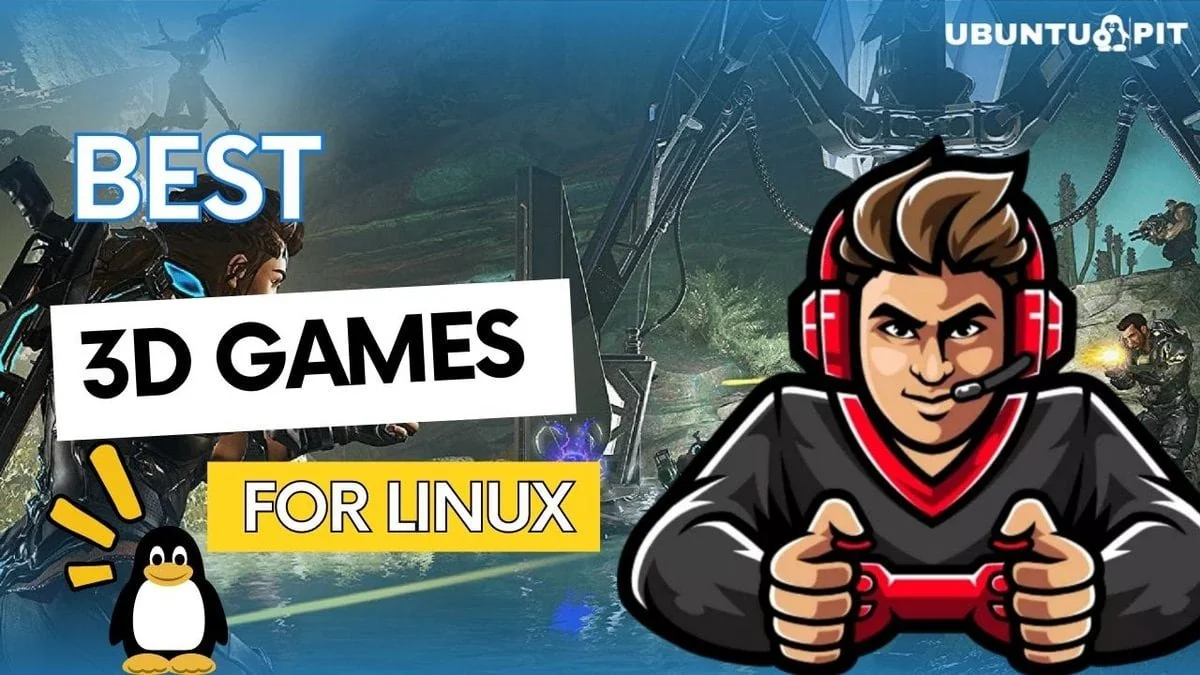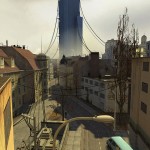Despite the simplicity to the concept of a little guy jumping from a thing to another thing, 3D Land has so many different techniques and styles to select from in series history, making that middle ground is nebulous at best.
Super Mario series spent the 80s and early 90s as the pinnacle of 2D platforming.Then the franchise took a turn with Super Mario 64, as it basically invented the 3D platformer and set the standard for each that followed it. As the philosophy of 3D Marios continued to mature and grow, eventually 2D Marios came back into popularity in a big way with New Super Mario Bros, that’s what Super Mario 3D Land is looking for.
Moreover, 3D Land very often chooses wisely from where it takes inspiration while making up some new rules of its own, as it creates a new legacy as the first original 3D Mario for handhelds. The simplicity of the characters’ motivations is reflected in the controls as well, where you just need to grasp the same old concepts you love about Mario: he runs and jumps. The 3DS Circle Pad works great for moving Mario around at normal speed, while jumping just feels right for Mario , like he’s jumping the same way he has for decades. The game needs that base of familiar controls to make the new concepts that are introduced work and it’s almost always successful. It’s one of the few times in Super Mario 3D Land where the styles clash, but this big one pops up because it draws inspiration at once from New Super Mario Bros and Super Mario Galaxy . Both were massive successes, and level design fluctuates between the two, but New Mario wins the control battle.
Something you’ll note right from the start is just how focused the layout of every area is. There’s no hub world, no giant planetoids, and no mountains to climb. Almost every stage is built around a couple of concepts and one clear path for the player to follow on small platforms with clear boundaries.
Related Posts :

Top 10 Free 3D Games for Linux
Linux has Multiuser, Multitasking and Multiprocessing features and contains multiple platforms for execution. So here I m sharing best and ausum 3D Linux supporting games. As Linux is open sources of computer operating system, it uses graphical interfaces that look and works best with your gaming platform. Linux is not hard to use, similar to

10 Best HD Games For Your iPad
There are lots of gaming applications for iPad in Apple's store but very few exclusively designed for the iPad only. The large HD Screen of ipad makes gaming experience pleasurable and unforgettable. Many iPad games fall into the casual and diversionary realm (Angry Birds Space, Quarrel Deluxe HD), but an increasing number of the best games

Mortal Combat Legacy : Season 2 Announced !
In the midst of Comic-Con, we've got some big news - Mortal Kombat: Legacy will be back! IGN has your exclusive first look at producer/director Kevin Tancharoen's video announcement about Season 2 of the MK webseries, following the successful first season that debuted in 2021. There is no actual new footage from the episodes to show yet, but Tancharoen does

Finally Reveals Why Half-Life 2 City 17 Creator Left Valve
Valve's one of the greatest video games companies there is. Rich and revered, invested in staff - it's a dream place for any game developer to work at. Viktor Antonov was the artistic mastermind behind Half-Life 2′s City 17, its architecture and the Combine’s technology, creating one of the most unique worlds that gaming has ever

